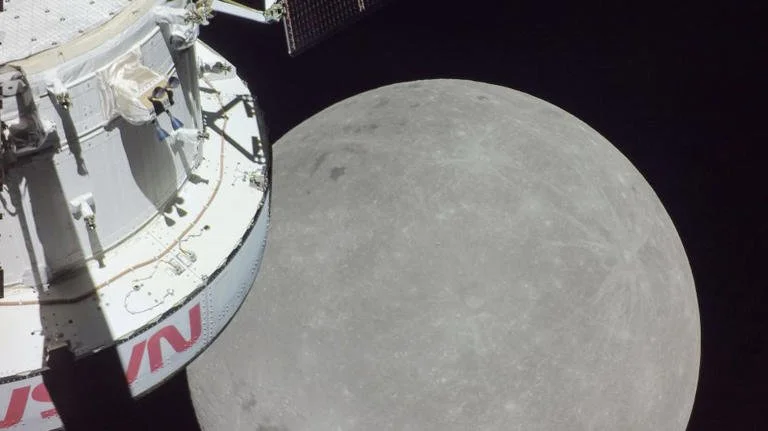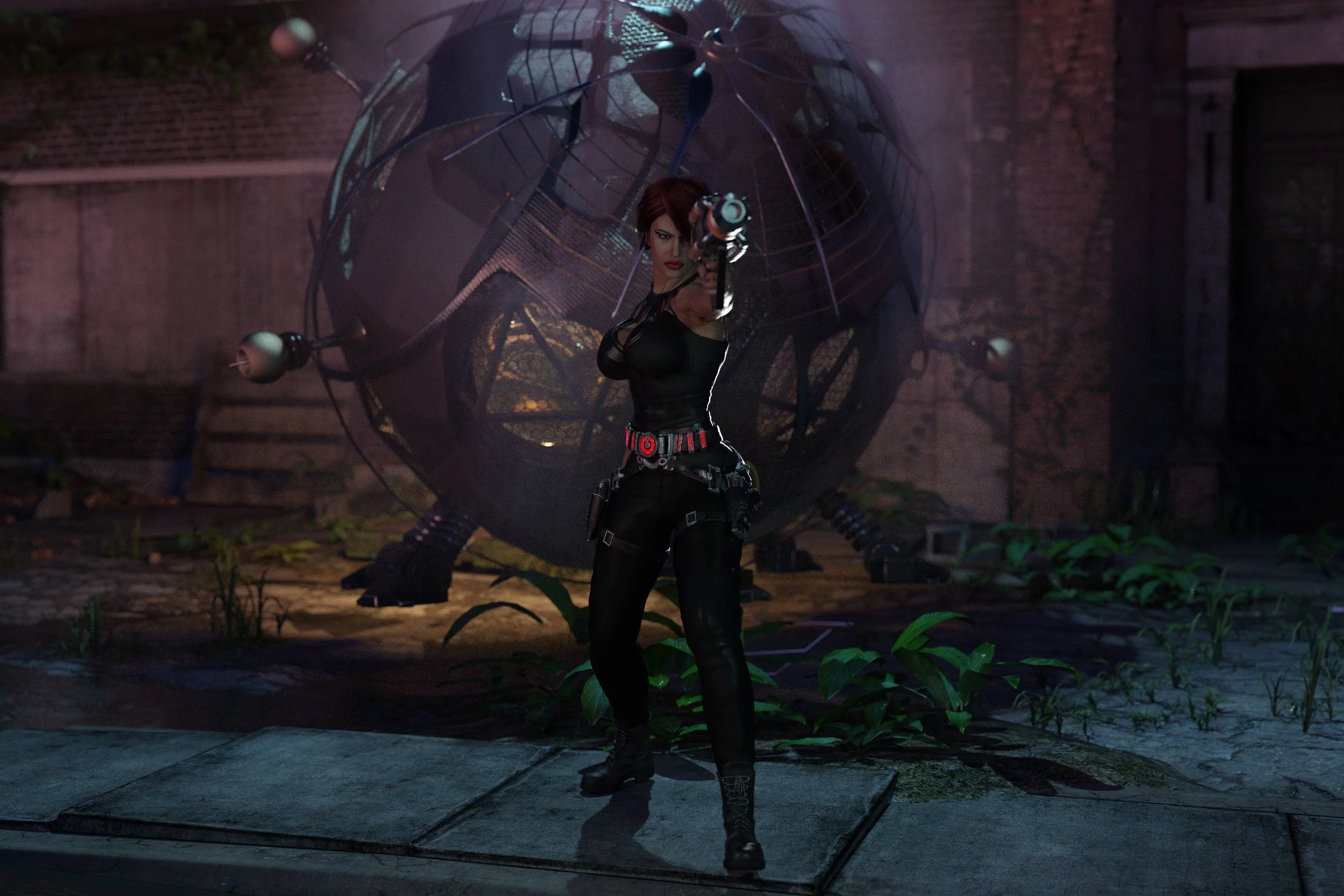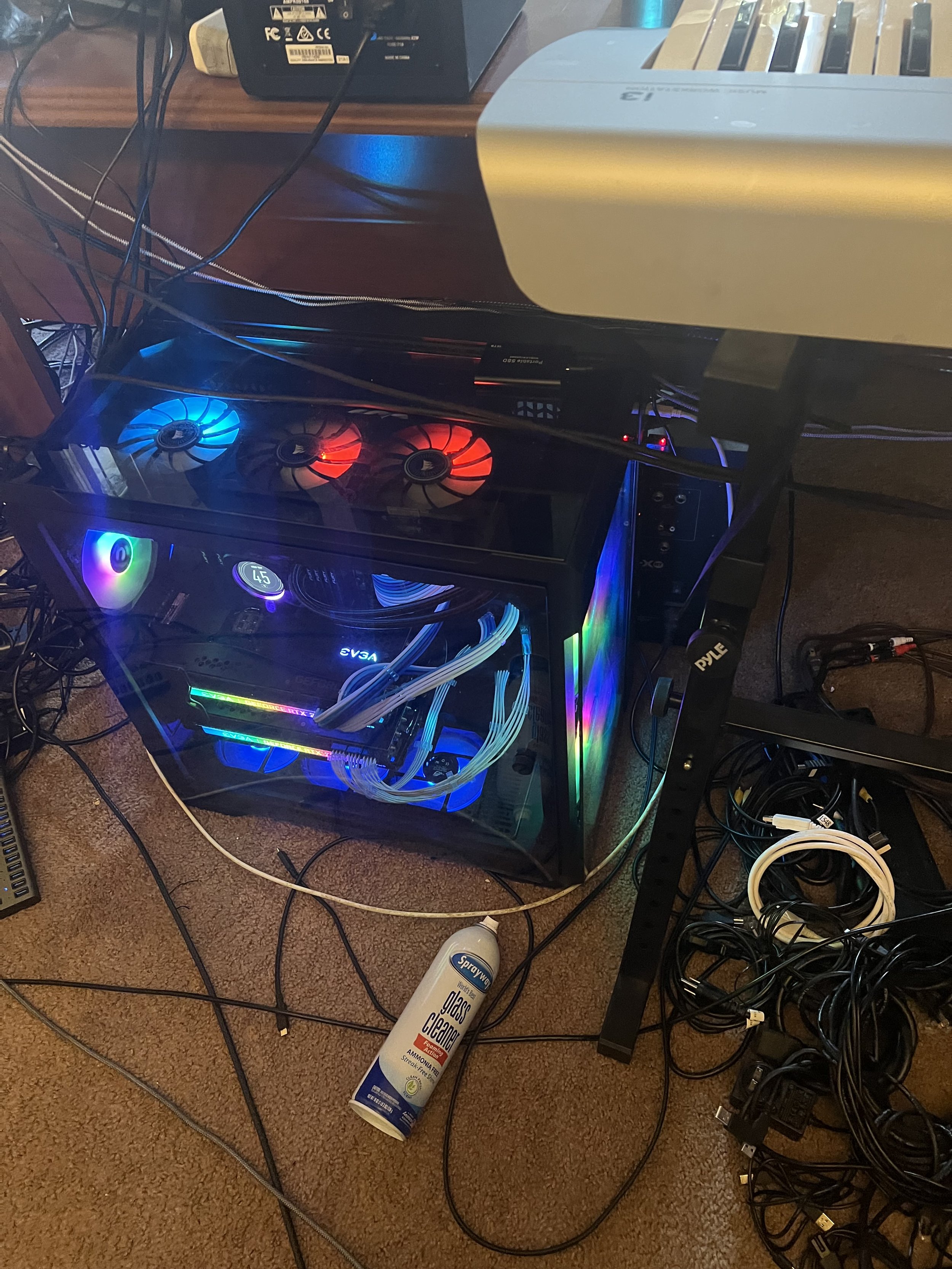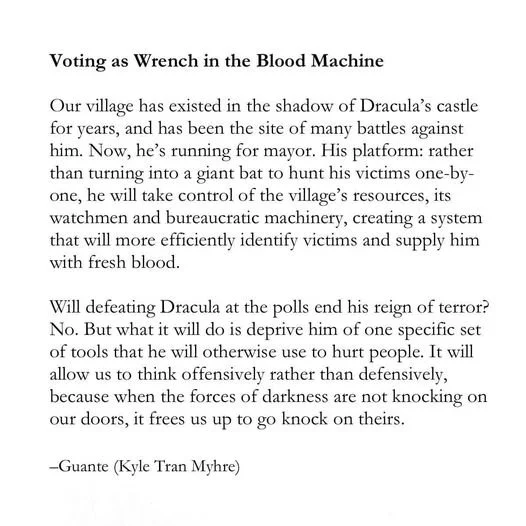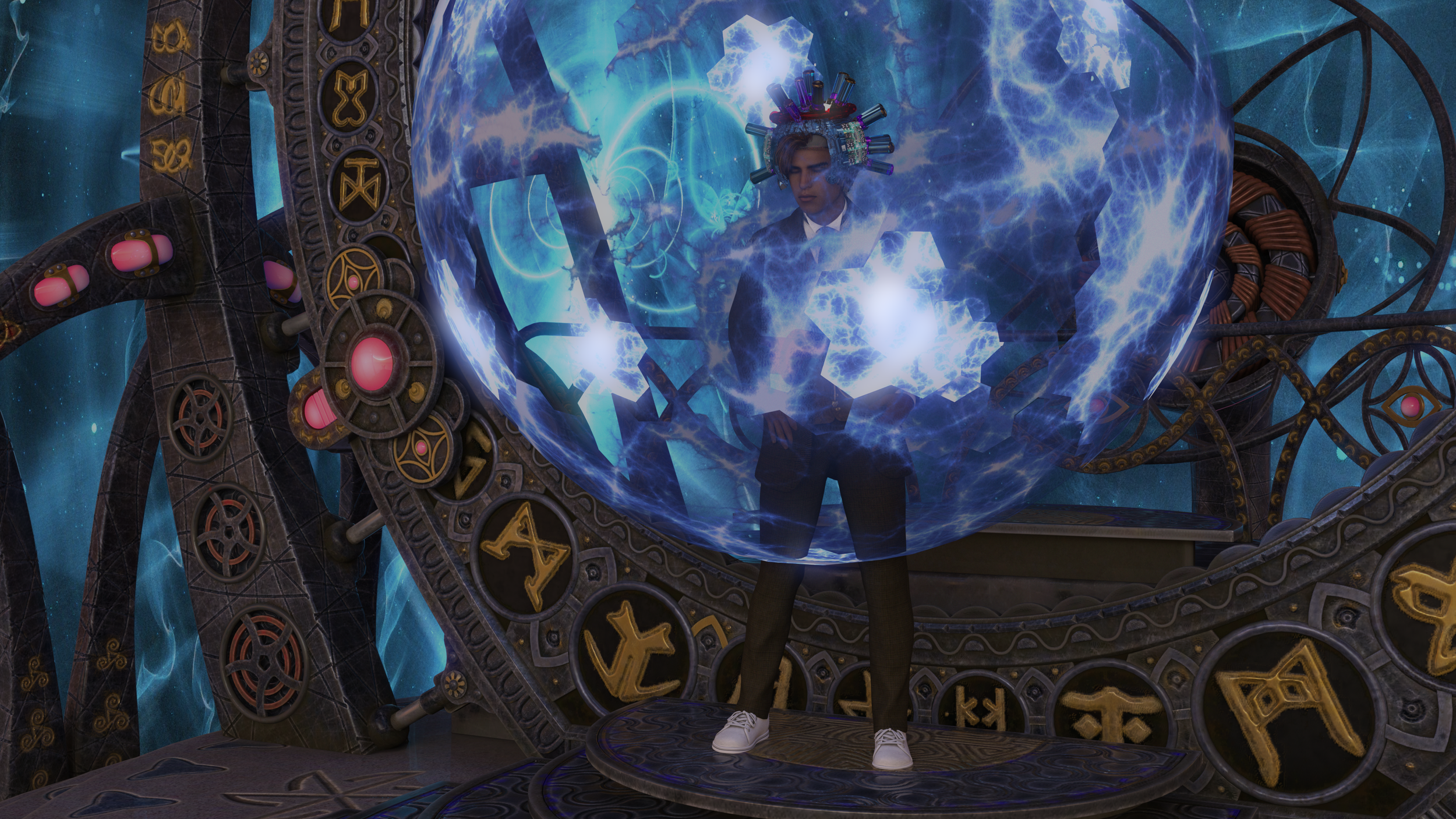My (Deluge) of Thoughts About Zack Snyder's Cut of "Justice League."
It could be said that in the entirety of corporate whimsy and fun, no one is more schizophrenic than D.C. Comics. First they released Zack Snyder’s (brilliant and very daring) take on Superman, Man of Steel. Then they followed that up with an equally wonderful Wonder Woman. Then things went south quicker than you can say, “I can wrestle a pig.” Zack’s next installment in the DCEU, Batman v. Superman, hit a sour note with audiences, who after all, were probably a bit dazed and confused as to why two of their most outrageously popular (and incredibly noble) superheroes were suddenly slugging it out onscreen. (Marvel’s Civil War does this too, but it takes a far different approach). Later on, D.C. would release Suicide Squad, a film so horrible even its fans cringe when they mention it, and then later on still, THE Suicide Squad, one of the best films of director James Gunn’s entire career as a filmmaker. Lost in between these cracks was a film double-helmed, by Zack Snyder and Joss Whedon (of all people), and called Justice League.
Many people don’t know this, but during the filming and editing of Justice League, Zack Snyder’s daughter Autumn committed suicide. It was a tragic occurrence; I myself am familiar with the grief that the suicide of a loved one can inflict. It must have been crushing for Snyder — not only as a father, but as a filmmaker too, for he soon had to leave the Justice League set and head for home, to be with his family when they needed him most. Meanwhile, Joss Whedon was left alone to do whatever the f— he wanted to with Zack Snyder’s film. Which included cutting almost two hours off the run-time (as the studio had urged Zack to do, but Zack had not budged on the length. The film was to be four hours long; just deal with it, men in suits). In doing so, Whedon butchered the film. He eliminated whole characters and their arcs; disemboweled the arcs of other characters; and eliminated two or three complete subplots from the film. The result, with moviegoers as witnesses, was a choppy, disjointed film of uneven tone.
I hate to say this, but this may be some of my personal anger at Whedon coming through when I make these comments. Once the revelations of what had gone on with his wife and on the set of Buffy all hit the newsstands, I was just as aghast as any feminist who had written her thesis on Buffy: The Vampire Slayer. Not to mention the legions of broken-hearted Browncoats who had looked up to Whedon as a creator. But regardless of my personal feelings on him, I don’t think it’s unfair to say that Whedon ruined the film Justice League, depriving us of what could have been not only D.C.’s flagship series, but what could have been a monumental turning point in comic book cinema: No one ever before — no one but Zack Snyder — would attempt a four hour long comic book film with no less than eleven or — or more, I may be miscounting — main characters. Truly, if you haven’t seen it, you owe it to yourself to watch Zack Snyder’s Justice League, released earlier this year on HBOMAX, and then later on iTunes and other streaming services. One has to simply stand in awe of what Snyder accomplished with this film. It was the first superhero film in a long while that I felt was truly “heroic.” And yes I’m also counting Avengers: Infinity War and Endgame. (Well, except for maybe the last 45 minutes of Endgame. That is the very definition of epic!)
This film is superior to both Man of Steel and Batman v. Superman in the following ways: (1) Every character seen on screen gets at least a small, if not large, character arc and three-dimensional personality to them. (2) There are no civilians, at any time, who are placed in danger by the actions of the Justice League. (3) The performances by the characters — each of whom gets their time in the spotlight — are excellent; there are no missing pieces here. (5) The members of the Justice League, for the most part, get along pretty well together. (6) The film has a lot of humorous moments in it, unlike its two predecessors. By Job, I think Snyder has figured out how to put actual humor into his films without detracting from the narrative. (8) This film has a sensational, epic, sweeping storyline that follows all the characters from their introduction to their last moments on screen. And, moreover, the special effects and CGI only work to serve the story, not overwhelm it. There is no mass destruction here that puts civilians in a buttload of danger, and the League are shown—on several occasions—as actually saving lives, and actually being heroes. And what’s more, they are the same heroes that we’ve all come to love and adore off-screen as well, including Superman. When he is first (SPOILER) revived from the grave — due to some great storytelling that explains the story’s MacGuffins and builds on that explanation — he is angry and fights the entire Justice League practically with one hand behind his back. But given time — and the intervention of. Lois Lane — he is able to see clearly, knows what he has to do, and like any good hero, he steps up to the plate and does his job of saving the world. There is no misguided misanthropy in this film — none. And it doesn’t take forever — even though it is 4 hours long! — to get the characters in position and on point. It is truly the greatest film that D.C. Comics has released. And yes that incluides the original Richard Donner films, too. Because it doesn’t ignore them — instead it builds on their sense of joy and fun. And as usual, Ben Affleck makes a terrific Batman, Gal Godot is a delight as Wonder Woman; the Flash has to be seen to be believed, but trust me, he’s great. And lastly, there is a moment in the film where in order to save the day — get this — the Flash has to run faster than light to turn back time. Richard Donner tribute, anyone? No one can say that the film is not good natured and fun, and no one can say thay it doesn't lovingly embrace the past versions of its characters. No one. This is a film made purely by, and for, fans.
The visuals are spectacular, as one could expect from a Zack Snyder film: All his usual visual flair and effects indulgences are there . . . super-slow-motion shots, lots of memorable visual moments, and some incredible — downright breathtaking — action sequences. One can only imagine the incredible scale of computer-generated imagery, animation, green-screening, color-grading, and other digital effects work that went into the film. The costumes are flabbergasting in their loving attention to detail, and are as unique as the characters who wear them. Barry Allen as The Flash and Jason Mamoa as Aquaman are standouts, but it would be unfair to say that Wonder Woman was shortchanged (as she was in the horrible Whedon version of the film), or that Batman is any less perfectly dark, gritty, and driven, and no one can say that of all the characters in the film, the one who didn’t walk away with our collective hearts was the one — the only — Superman. Looking broadly at the scope of Snyder’s all-encompassing vision for the Justice League (it would have taken three of these four hour films to tell the entire story!), it becomes crystal clear why Batman v. Superman — though it left a sour taste in some fans’ mouths at the time — unfolds the way that it does, why one event — and one happenstance — leads to another, how one plot point is inextricably wound to the next one. One could almost view Man of Steel, Batman v. Superman, and Justice League as one big eight hour film, covering the rise — and presumably, the coming fall — of Superman (and his redemption at the hands of Batman, we could hope). For a film entitled Justice League it certainly does in fact do more than justice for its cast; it elevates these characters to new heights of iconic stature, to new realms of the mythic and powerful, and to wholly new heights of cinematic superhero shenanigans. No one who has seen Zack Snyder’s Justice League — at least, no one I can imagine — has not walked away impressed . . . by either the spectacular visual effects or the actors and how committed they are to their characters.
The one thing I’ve always loved about Zack Snyder as a filmmaker, is that he approaches the artform at the face-value of its subject material. When doing superheroes especially, Snyder is in top form, because he asks the simplest of questions that no one else ever, seemingly, thinks to ask, and that is, “Okay, what if this were for real? What would really happen when—” (for example) “three super-powered aliens show up in orbit demanding that Earth hand over one of their own refugees . . . who has stayed hidden because he fears what the world might — or might not — think about him.” Furthermore (Snyder might ask), “What happens if we unleash them — and at the same time, the full might of the U.S. Military — on small-town America?” Chaos, that’s what. The results aren’t always pretty or what we want them to be. Cue the legions of people mourning the unseen casualities in Man of Steel. No, but instead, Zack Snyder gives us what we came here for: Superhero action, and action with — for the first time in Zack’s career — real heart behind it. For better or for worse, this is a semi-realistic take on this science fiction scenario but it includes plenty of whimsical, fun, straight-up fantasy as well. And most of all, the endearing thing about it is, that Snyder comes at it with no irony or snark or commentary. He simply lays out the building blocks, shows you the choreography of them, and then sits back and watches your reaction. Love him or hate him, Justice League is the hill Snyder has chosen to die on. And I think he picked a good one.
In the vast and ever-evolving landscape of superhero films, few have sparked as much conversation and anticipation as "Zack Snyder's Justice League." Released in 2021 on HBO Max, this four-hour epic is not merely a director's cut but a reimagined masterpiece that elevates the genre to new heights. It is a film that combines artistic vision, deep character exploration, and mythological grandeur to deliver an experience that is both emotionally resonant and visually stunning. This article explores why "Zack Snyder's Justice League" is arguably the best superhero film of all time.
"Zack Snyder's Justice League" stands as a testament to the power of unbridled artistic expression. After stepping away from the original 2017 release due to personal tragedy, Zack Snyder's vision was compromised by studio interference and a rushed production that led to a disjointed theatrical cut. The 2021 release restores Snyder's original intent, presenting a cohesive and immersive narrative that honors the source material.
Snyder's meticulous attention to detail is evident throughout the film. His use of the 4:3 aspect ratio pays homage to IMAX presentations, providing a more expansive view of the action. The film's pacing allows for a deliberate unfolding of the story, giving characters room to breathe and audiences time to absorb the rich mythos. This commitment to his vision demonstrates the importance of creative integrity in filmmaking.
One of the film's most significant achievements is its profound character development. Unlike many superhero movies that focus predominantly on action, "Zack Snyder's Justice League" delves into the personal journeys of its heroes, offering a nuanced exploration of their motivations and struggles.
At the heart of the narrative is Victor Stone, also known as Cyborg. Snyder elevates Cyborg from a peripheral character to the emotional core of the film. Victor's struggle with his identity, his fractured relationship with his father, and his journey towards self-acceptance are portrayed with sensitivity and depth. His arc resonates with themes of loss, isolation, and the quest for purpose, making him a relatable and compelling figure.
Barry Allen's portrayal transcends the comic relief often associated with his character. The film explores his aspirations, insecurities, and his relationship with his incarcerated father. Barry's pivotal role in the climactic sequence, where he manipulates time to save the world, showcases his growth from an unsure young man to a hero embracing his potential.
Arthur Curry grapples with his Atlantean heritage and responsibilities, adding layers to his character beyond the stoic warrior. Diana Prince embodies wisdom and compassion, acting as a bridge between the team members. Her leadership and understanding of ancient threats provide critical support to the group's mission.
Bruce Wayne's transformation from a jaded vigilante to a leader driven by faith and hope is a cornerstone of the film. Haunted by past failures, Bruce seeks redemption by uniting the heroes to confront an existential threat. His interactions with other characters reveal a man striving to rebuild trust and believe in the goodness of humanity.
Snyder infuses the film with mythological grandeur, elevating it beyond a conventional superhero narrative. The story draws parallels with ancient epics, incorporating themes of resurrection, sacrifice, and destiny. The introduction of Darkseid as the ultimate antagonist adds a layer of cosmic significance, positioning the Justice League's struggle within a broader universal context.
The rich backstory involving the Old Gods, the Atlanteans, Amazonians, and humans uniting against a common enemy creates a tapestry of lore that enhances the film's depth. This myth-building is reminiscent of works like "The Lord of the Rings," where the history and stakes are vast and impactful.
Visually, "Zack Snyder's Justice League" is a tour de force. Snyder's signature style—characterized by dynamic compositions, slow-motion sequences, and a muted color palette—creates a distinctive and immersive aesthetic. The visual effects are meticulously crafted, seamlessly integrating CGI with live-action to produce breathtaking action sequences.
Each scene is composed with an artist's eye, from the grandeur of Themyscira and the underwater realms of Atlantis to the desolate landscapes of the post-apocalyptic Knightmare future. The film's cinematography enhances the emotional weight of the narrative, using visual symbolism to reinforce themes and character arcs
Composer Tom Holkenborg (Junkie XL) delivers a powerful and evocative score that complements the film's epic scope. The music enhances the emotional resonance of key moments, such as Superman's resurrection and the Flash's time-bending heroics. The use of leitmotifs for different characters adds depth, reinforcing their identities and journeys.
The theatrical release of "Justice League" was criticized for its inconsistent tone and fragmented storytelling. Snyder's version restores the narrative cohesion, providing context and continuity that were previously lacking. Subplots that were truncated or omitted are now fully realized, giving audiences a comprehensive understanding of the characters' motivations and the stakes involved.
The expanded runtime allows for the exploration of complex themes, such as the consequences of power, the burden of legacy, and the importance of unity in the face of insurmountable odds. The film's structure, divided into chapters, lends a literary quality to the storytelling, enhancing its epic nature.
"Zack Snyder's Justice League" is not merely a spectacle of action and special effects; it is a film with substantial emotional depth. The characters' personal struggles mirror universal human experiences—grief, isolation, redemption, and the search for meaning. These themes are woven organically into the narrative, allowing audiences to connect with the heroes on a profound level.
The film also engages with philosophical questions about destiny, free will, and the nature of heroism. It challenges the notion of infallible heroes, presenting flawed individuals who must overcome personal demons to serve a greater good. This complexity adds layers to the story, elevating it above the simplicity often found in the genre.
The journey to the release of "Zack Snyder's Justice League" is a unique cultural phenomenon. The relentless advocacy of fans through the #ReleaseTheSnyderCut movement exemplifies the power of audience engagement in the modern era. This unprecedented campaign resulted in the realization of a filmmaker's vision that might otherwise have remained unseen.
The film's release has sparked discussions about creative control, the relationship between studios and directors, and the influence of fan communities. It stands as a milestone in cinematic history, demonstrating that audience voices can effect meaningful change.
While many superhero films offer entertainment and excitement, "Zack Snyder's Justice League" distinguishes itself through its ambition and execution. Its willingness to embrace a darker, more mature tone sets it apart from the formulaic approaches often seen in the genre. The film's depth of character development and thematic richness rival those of acclaimed dramas, transcending typical superhero fare.
Moreover, the film's epic scale and mythological elements create a sense of grandeur rarely achieved in cinema. It successfully balances individual character arcs with a sweeping narrative, something that few ensemble films manage to accomplish.
"Zack Snyder's Justice League" is a monumental achievement that redefines what a superhero film can be. It combines artistic vision, profound storytelling, and technical excellence to deliver an experience that is both emotionally impactful and intellectually stimulating. The film honors its characters and source material, offering a narrative that is grand in scope yet intimate in its exploration of the human condition.
By restoring Zack Snyder's original vision, the film not only rectifies the shortcomings of its predecessor but sets a new benchmark for the genre. It demonstrates that superhero films can be artful, thought-provoking, and deeply moving. For these reasons, "Zack Snyder's Justice League" stands as arguably the best superhero film of all time—a testament to the power of storytelling and the enduring appeal of heroes who reflect our highest aspirations and deepest fears.




